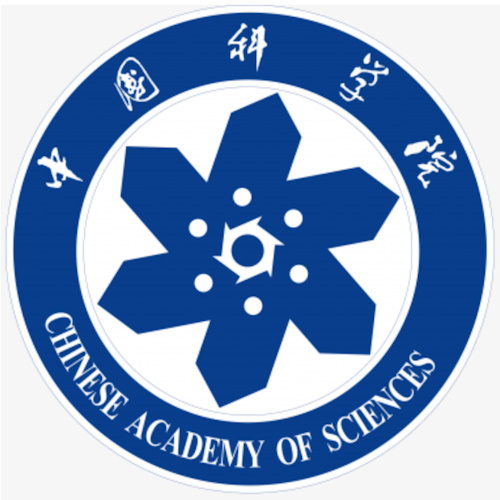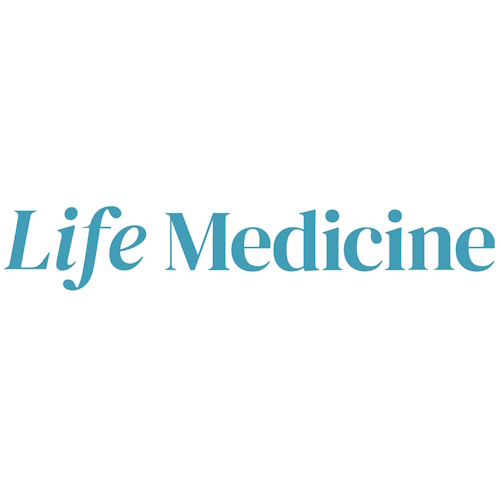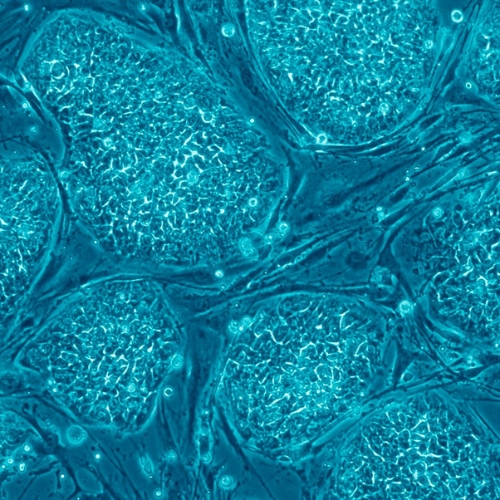For centuries, humans have sought ways to slow or even reverse ageing. While advances in medicine have extended life expectancy, the quest for youthful vitality has remained elusive. Most anti-aging strategies so far—ranging from lifestyle interventions to supplements—have shown only limited results. But in 2025, a groundbreaking study published in Cell revealed something extraordinary: scientists successfully rejuvenated aged primates using genetically enhanced stem cells.
This research introduces a new chapter in longevity science. By engineering mesenchymal progenitor cells with specific genetic modifications, the team demonstrated systemic rejuvenation across multiple organs in monkeys. The implications are profound, suggesting that ageing may not just be slowed—but meaningfully reversed.
In this blog, we’ll explore the science, methodology, findings, and future possibilities of this research.
Understanding the Ageing Process
Ageing is not a single defect but a systemic cascade of changes. It involves:
Tissue degeneration: Muscles, bones, and skin lose strength and elasticity.
Declining stem cell competence: The body’s repair system weakens as stem cells lose potency.
Chronic inflammation: A phenomenon known as inflammaging drives disease progression.
Physiological decline: Memory, fertility, immunity, and mobility progressively deteriorate.
Despite decades of research, reversing these processes in primates has been a huge challenge. Rodent models often show promising results, but translating success to larger, longer-living animals like monkeys has proven difficult.
That’s why this new study stands out. For the first time, scientists achieved measurable biological age reversal in primates, a crucial step toward human applications.
Why Mesenchymal Progenitor Cells?
Mesenchymal progenitor cells (MPCs), often called mesenchymal stem cells (MSCs), are powerful repair agents found in bone marrow, fat, and other tissues. They can differentiate into bone, cartilage, and muscle cells while also secreting healing factors that reduce inflammation.
However, standard MSC therapies have limitations:
Their benefits fade over time.
They sometimes trigger immune rejection.
They can themselves become senescent with age.
To overcome these hurdles, Lei and colleagues genetically enhanced the cells to resist aging signals.
The Role of FOXO3: A Longevity Gene
The key breakthrough came from targeting a master regulator of aging: FOXO3.
FOXO3 is a gene linked to:
Longevity in humans and other species.
Stress resistance, helping cells survive oxidative and metabolic stress.
Stem-cell maintenance, preserving the ability of cells to divide and repair.
The researchers introduced two phospho-null mutations—S253A and S315A—into the FOXO3 gene in human embryonic stem cells. These changes made FOXO3 resistant to signals that normally suppress its activity during stress.
The result? Senescence-resistant cells (SRCs) that maintain youth-like functionality.
How the Study Was Conducted
Engineering the Cells
Human embryonic stem cells were genetically modified at the FOXO3 locus.
These were differentiated into mesenchymal progenitor cells.
The modified progenitors became senescence-resistant cells (SRCs).
Animal Model
Aged cynomolgus monkeys (also known as long-tailed macaques) received intravenous SRC infusions.
Duration: 44 weeks.
Control group received unmodified mesenchymal cells.
Multi-modal Assessments
The team used a wide array of tests:
Behavioral tests for cognition and memory.
Histology for tissue structure.
Transcriptomics to assess gene activity.
Methylomic clocks to measure biological age.
Key Findings: Reversing Age in Monkeys
The results were nothing short of remarkable.
1. Brain and Cognitive Function
Improved memory and learning performance.
Restored cortical architecture.
Stronger hippocampal connectivity.
This suggests SRCs not only protected neurons but also re-established youthful brain circuits.
2. Immune System Rejuvenation
Immune cell transcription shifted to a younger profile.
Markers of chronic inflammation decreased.
A healthier immune system could help resist infections and age-related diseases.
3. Bone and Oral Health
Significant increases in bone density.
Mitigation of periodontal degeneration.
These changes imply stronger skeletal integrity and reduced risk of fractures.
4. Skin and Reproductive Health
Reduced senescent markers in skin and reproductive tissues.
In ovaries and testes, transcriptional age reversed by 5–6 years.
Oocytes, granulosa cells, and testicular germ cells showed marked rejuvenation.
This finding is especially groundbreaking for fertility medicine, hinting at possible solutions for age-related infertility.
5. Biological Ageing Clocks Confirmed Reversal
Transcriptomic clocks: 3.34 years average age reversal.
DNA methylation clocks: Confirmed multi-organ rejuvenation.
Exosomes: The Secret Messengers
Interestingly, the benefits weren’t just from the cells themselves. The researchers found that SRC-derived exosomes (SRC-Exo)—tiny extracellular vesicles carrying proteins and metabolites—played a major role.
Key insights:
SRC-Exo delayed aging in mice across multiple organs.
They reduced cellular senescence and inflammation.
In human cell models, SRC-Exo reversed aging in neurons, hepatocytes, and ovarian stromal cells.
One notable metabolite carried in these vesicles was spermine, previously shown to induce autophagy and delay brain aging.
This suggests that SRC therapy works both directly and through secreted factors, amplifying its rejuvenative power.
Why This Study Is Revolutionary
First clear evidence in primates: Moving beyond rodent models, this research proves feasibility in species closer to humans.
Multi-organ impact: Improvements weren’t localized but systemic, affecting brain, bones, immunity, and reproduction.
Safety and stability: No evidence of tumorigenicity, a common concern with genetic modification.
Use of FOXO3: Instead of synthetic overexpression, the approach leverages a naturally conserved longevity factor.
Quantifiable rejuvenation: Ageing clocks provided objective confirmation, not just surface-level observations.
Implications for Human Ageing
If these findings translate to humans, the implications could be life-changing:
Cognitive health: Delay or reverse neurodegenerative conditions.
Fertility extension: Offer new hope for couples struggling with age-related infertility.
Immune resilience: Reduce vulnerability to infections and autoimmune disorders.
Bone and dental health: Prevent osteoporosis and oral degeneration in aging populations.
Longevity therapeutics: A possible foundation for next-generation anti-aging medicine.
Remaining Questions and Challenges
While the results are stunning, many questions remain:
Durability: How long do the benefits last after treatment ends?
Mechanisms: Besides exosomes, do immune modulation or metabolic rewiring contribute?
Target groups: Would younger adults, peri-menopausal women, or elderly patients benefit most?
Dosage and safety: What is the optimal infusion frequency and cell count?
Ethical concerns: How should we regulate therapies that could extend human lifespan?
Future Directions
The study sets the stage for several next steps:
Long-term tracking: Monitoring monkeys beyond 44 weeks to check sustainability of rejuvenation.
Refining SRC-Exo therapy: Could exosomes alone provide the same benefits, avoiding cell transplantation?
Personalized gerotherapy: Tailoring treatments based on age, genetic background, and health status.
Bridging to clinical trials: Testing in humans with rigorous safety and efficacy protocols.
Integration with other interventions: Combining SRC therapy with drugs like rapamycin or NAD+ boosters.
Conclusion
The study by marks a watershed moment in longevity science. By harnessing genetically enhanced mesenchymal progenitor cells resistant to senescence, researchers achieved measurable systemic rejuvenation in primates. The benefits—spanning cognition, immunity, fertility, and skeletal health—suggest ageing may be more reversible than previously believed.
With further validation, SRC-based therapies could usher in a new era of cellular medicine for ageing, where rejuvenation is not just a dream but a clinical possibility.
This is more than a scientific milestone—it’s a glimpse into a future where ageing itself becomes a treatable condition.
The study is published in the journal Life Medicine. It was led by researchers from Chinese Academy of Sciences.
Full study in Cell.







